Introduction
When we think of AI, images of computers working side by side in a laboratory are usually conjured up as the dark and dangerous future of humanity. In other words, it’s a scary future indeed. However, what is often overlooked is that humans have been using artificial intelligence in agriculture for as long as this has been possible. And not just any artificial intelligence but the so-called ‘meta-intelligence’ that exists between us and our machines.
In this article, we will explore the history of artificial Intelligence in agriculture how it works, and its uses within agriculture. We will also look at how artificial intelligence is used within agriculture to improve crops and biodiversity. The final part of the article will focus on how technology is used to better our understanding of ecosystems in general and natural cycles in particular through artificial intelligence research and development efforts. Read on to know more!
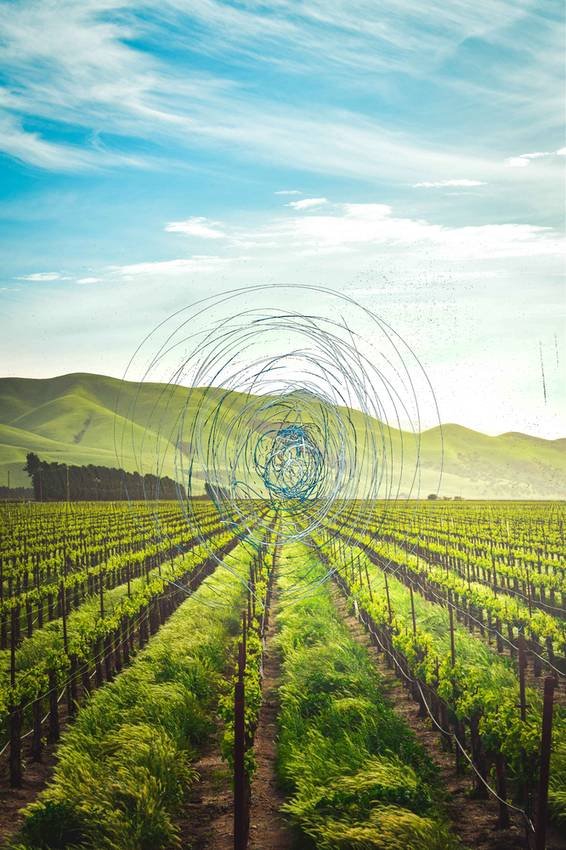
What is Artificial Intelligence in Agriculture?
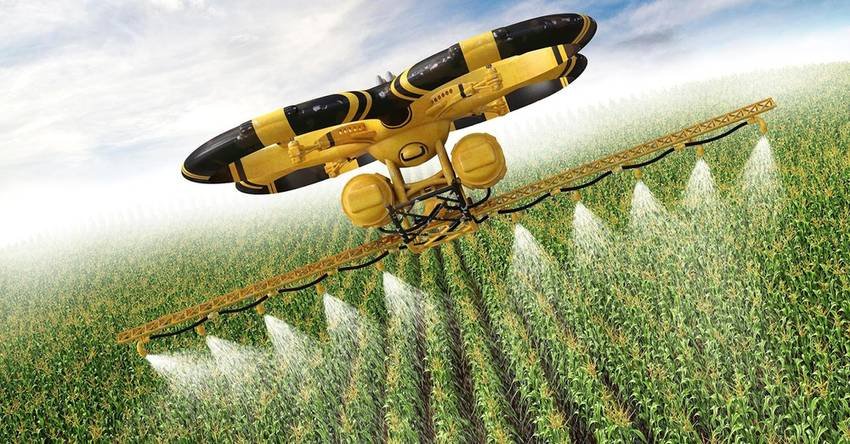
Artificial intelligence (AI) is the ability to “analyze and predict” the behavior of other machines using digital computers. This ability is currently limited to humans but is expected to increase dramatically in the near future given the increasing complexity of our digital environment.
credit:https://www.dslrpros.com/agriculture.html
Finally, AI is used to optimize and enhance the yield of agricultural products such as tomatoes, strawberries, and kiwis through hybridization between botanical species.
AI in Agriculture: Theories, Research and Development
Theories of AI in agriculture are not new and are in fact quite common among AI-focused researchers. As soon as AI is able to analyze and model itself, it can take advantage of the information it has been provided by humans while also adapting its model to change the data it learns based on past data.

For example, imagine a system where a human and a machine are growing a plant in tandem. The system could benefit from the experience gained by growing tomatoes and other products together since tomatoes are a mainstay of the American diet and they grow very well together. This vital information when AI models learn can analyze it to understand which other crops grow together well too so can pass that information to the end user.
However, the machine could also provide from learning how to provide feedback on the current growth of crops based on past data too to farms. Some of the most famous theories of AI include: – Decision making is programmed: AI can be programmed to make decisions based on data it has been provided by humans which can help it make informed decisions in many situations.
How does AI Work in Agriculture?
The benefits of AI in agriculture are many and most notably in the fields of:
-
- Yield
-
- Nutrient Content
-
- Environment Optimization
The field of yield is wide and diverse with many benefits including increased yields, reduced use of fertilizers, less water use, and more algal blooms. For example, yield can be increased by taking advantage of vegetative growth such as those caused by plants such as litchi and daikon. This can reduce the amount of water used while also increasing the amount of nutrients available for the garden bed. AI model decisions can be used to compensate for fluctuations in the yield of crops or wild plants. Based on the past data of crops, the AI model has in its database to provide the most optimum solution for ensuring healthy crop growth.
Use of AI in Agriculture:
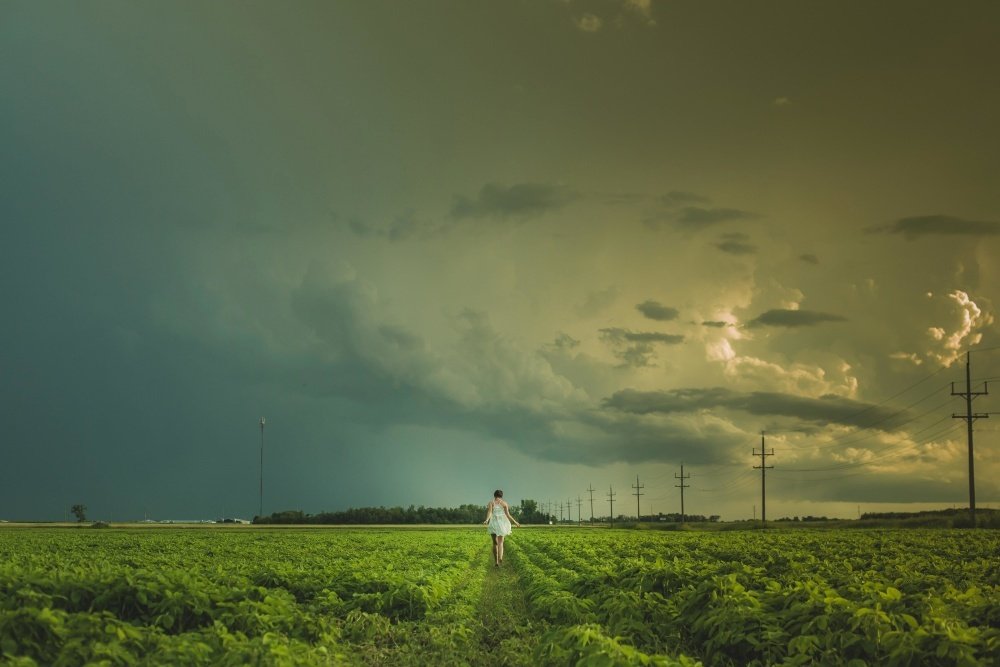
Theories of AI in agriculture explain how AI can be used to benefit the consumer and the environment at the same time. For example, imagine an AI that is programmed to optimize nutrient content in the atmosphere. It can then be used to optimize the nutrient content of the food we eat by adjusting the requirement of fertilizer, and amount of water accordingly to sustain the requirement of food for humans.
AI Robots in Disease Control in Crops
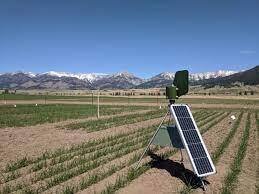
AI systems are helping in detecting disease in plants through continuous monitoring. Many AI robots are used in agriculture which use computer vision technology to monitor plants. If any deformation of plants from the regular pattern is observed it sends signals to AI systems. These AI models then based on analysis increase or decrease the use of fertilizers, and the amount of sunlight to be given to bring good growth results back in plants.
AI Models in Price Forecast of Crops
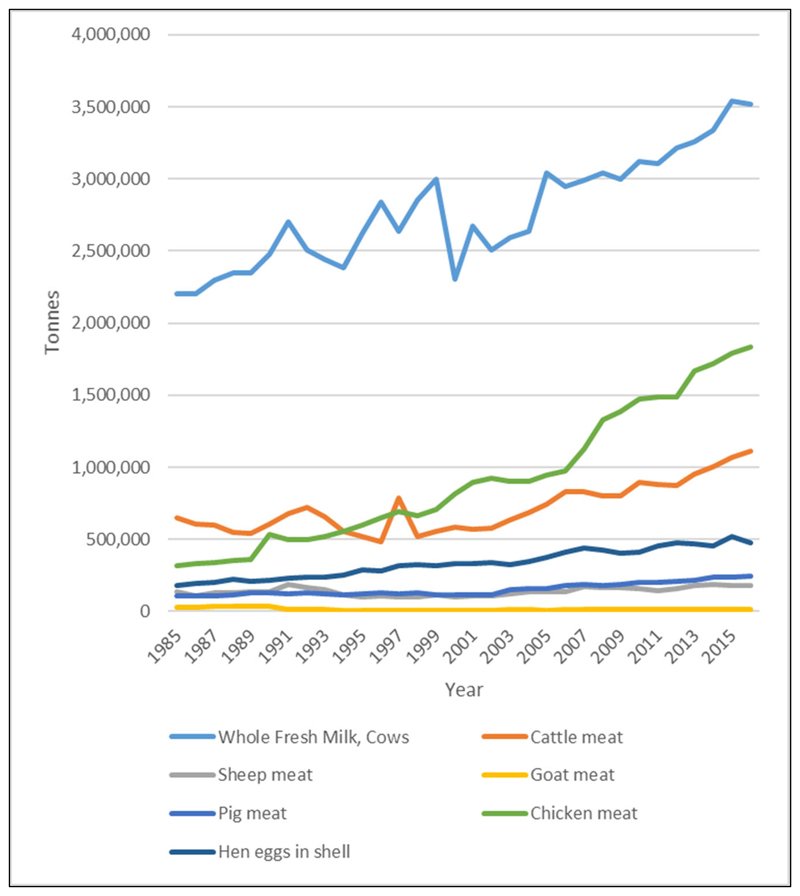
AI models are used in agriculture to decide the possible price of crops when they are grown. These models used various data from the historical price of crops, weather patterns, and food requirements to decide whether to go for a particular crop or not.
With this information on the possible price of crops in the future, an agriculture farm is equipped to decide on which crop it needs to sow in a particular season. Also, this help in deciding what sort of Insurance cover a farmer needs to take in case of crops do not give the desired results.
AI in Aerial Surveying
Smart UAV’s(Unmanned Aerial Vehicles) equipped with computer vision capability continuously do surveys of the farms to monitor. They monitor how crops are growing whether any unusual pattern is observed or not. Through aerial surveying, farms can analyze the fertilizer requirements. This not only saves the food chain by not allowing extra fertilizers in plants to get in the food chain. But also saves costs related to fertilizers for farms thus improving overall productivity and efficiency.
As now you know AI role in argiculture you may also be interested in finding out how AI is helping healthcare.
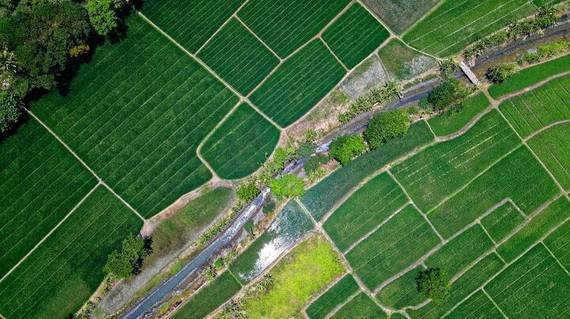
AI Imaging Models for Produce Grading & Sorting
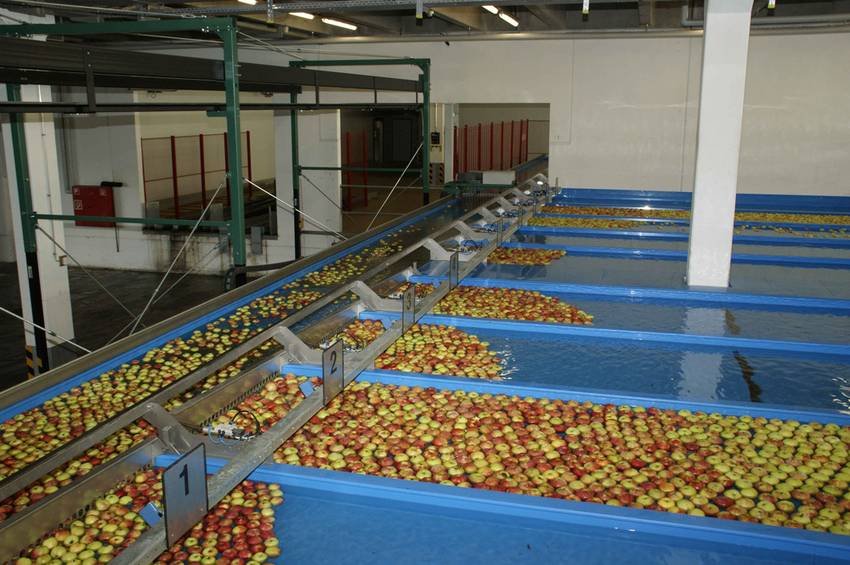
Al imaging models are not only used while crops are grown. These Imaging algorithms evaluate the yield quality of crops.
Just as they are able to spot defects, diseases, and pests as the plants are growing, imaging algorithms can also be used to sort “good” produce from the defective or just plain ugly.
By inspecting fruit and vegetables for size, shape, color, and volume, computer vision can automate the sorting and grading process with accuracy rates and speed much higher than even a trained professional. If you want to know how effective the help of ai in navigation helps agricultural produce reach on market check this out.
Conclusion
Artificial intelligence in agriculture is nothing less than a journey into the unknown. The field of AI in agriculture is vast with potential applications in a wide variety of fields including yield, nutrient content, and environmental optimization.
The development in the field of AI in agriculture is still in its infancy and is still changing. What can be said is that AI in agriculture is an emerging field of technology and is not yet well defined.
However, one thing is for certain – AI in agriculture will be an important and vital part of our food supply for years to come. With the average age of humans increasing through the enhancement in the field of medical science. The demand for food supply to feed ever increasing population of the world will require serious effort in AI to help feed this requirement.

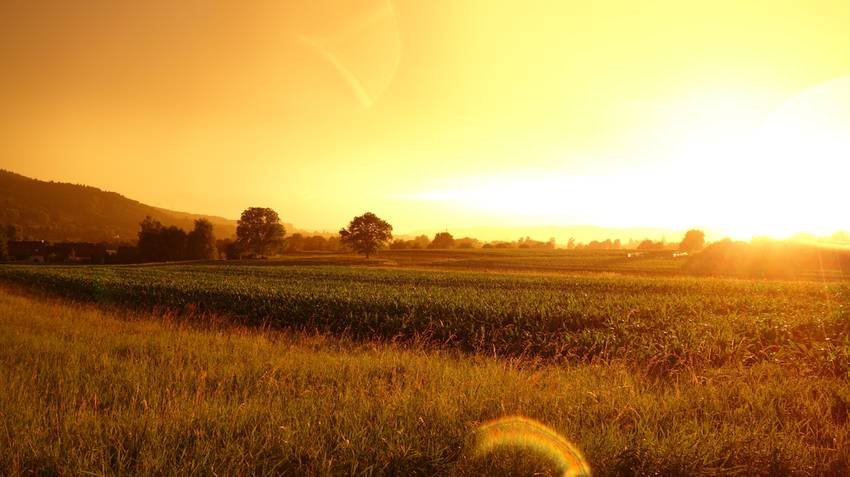
Long Journey still for AI to make effective contribution in agriculture field. Surely Future holds great opportunities with AI in general